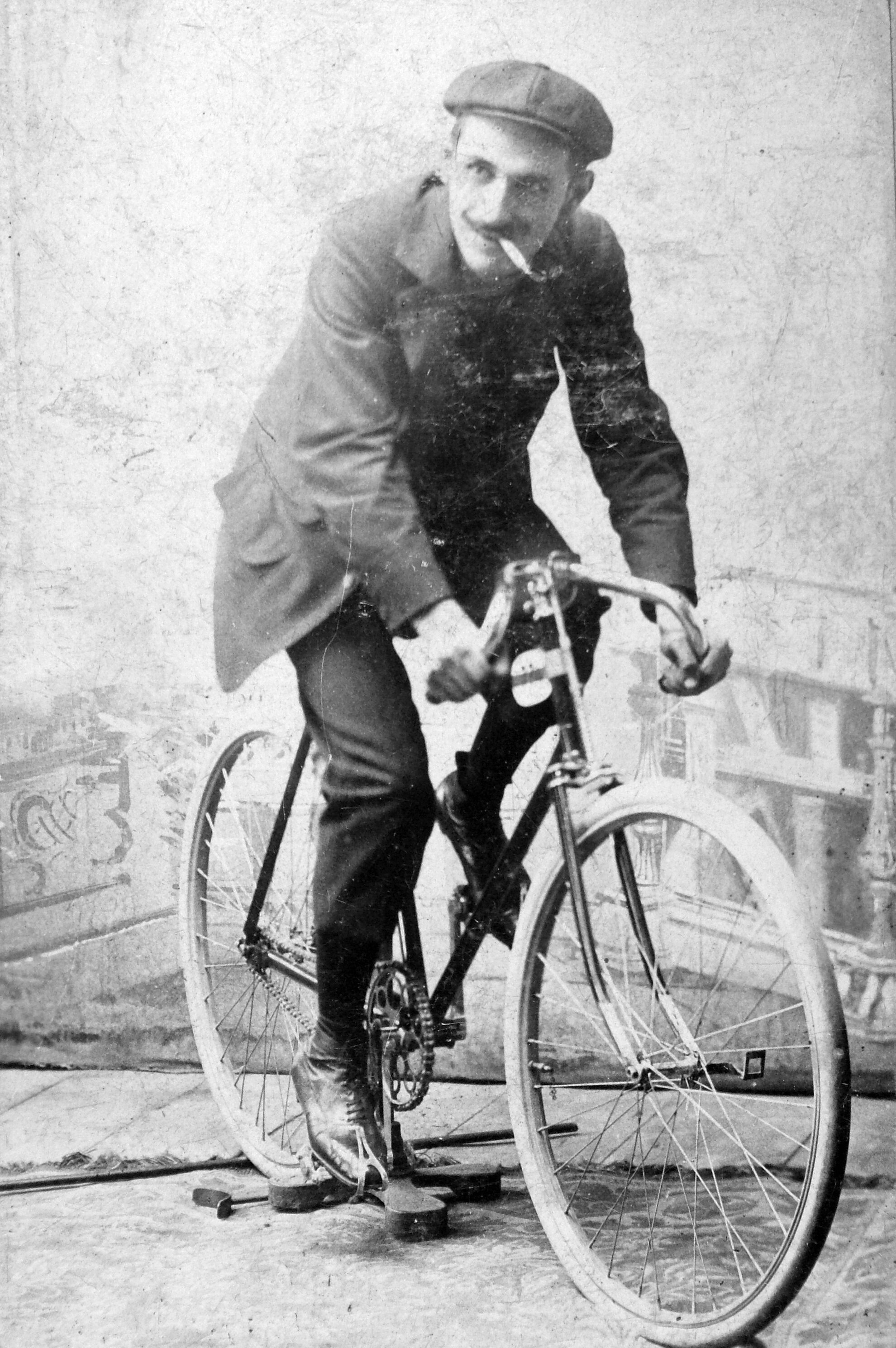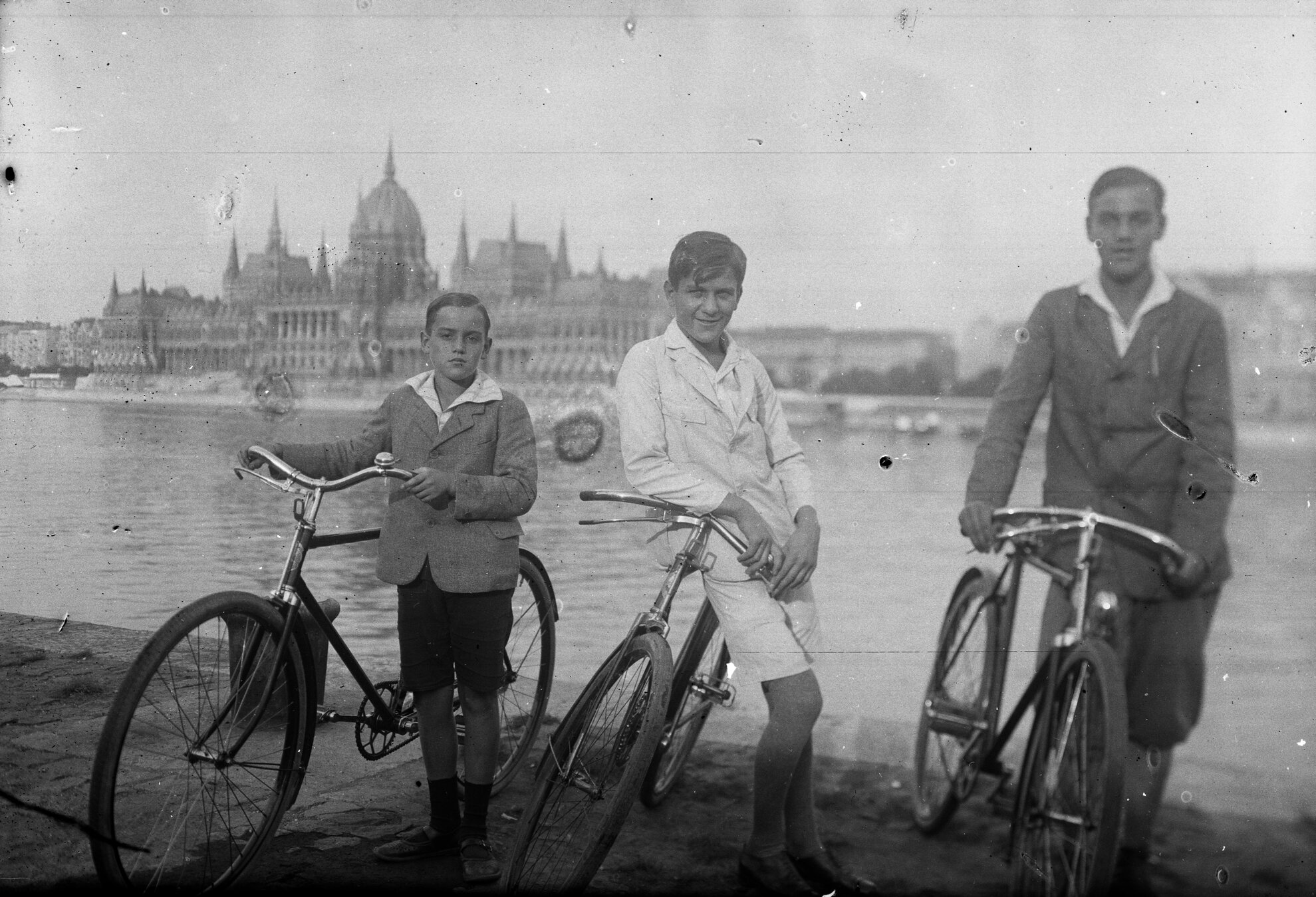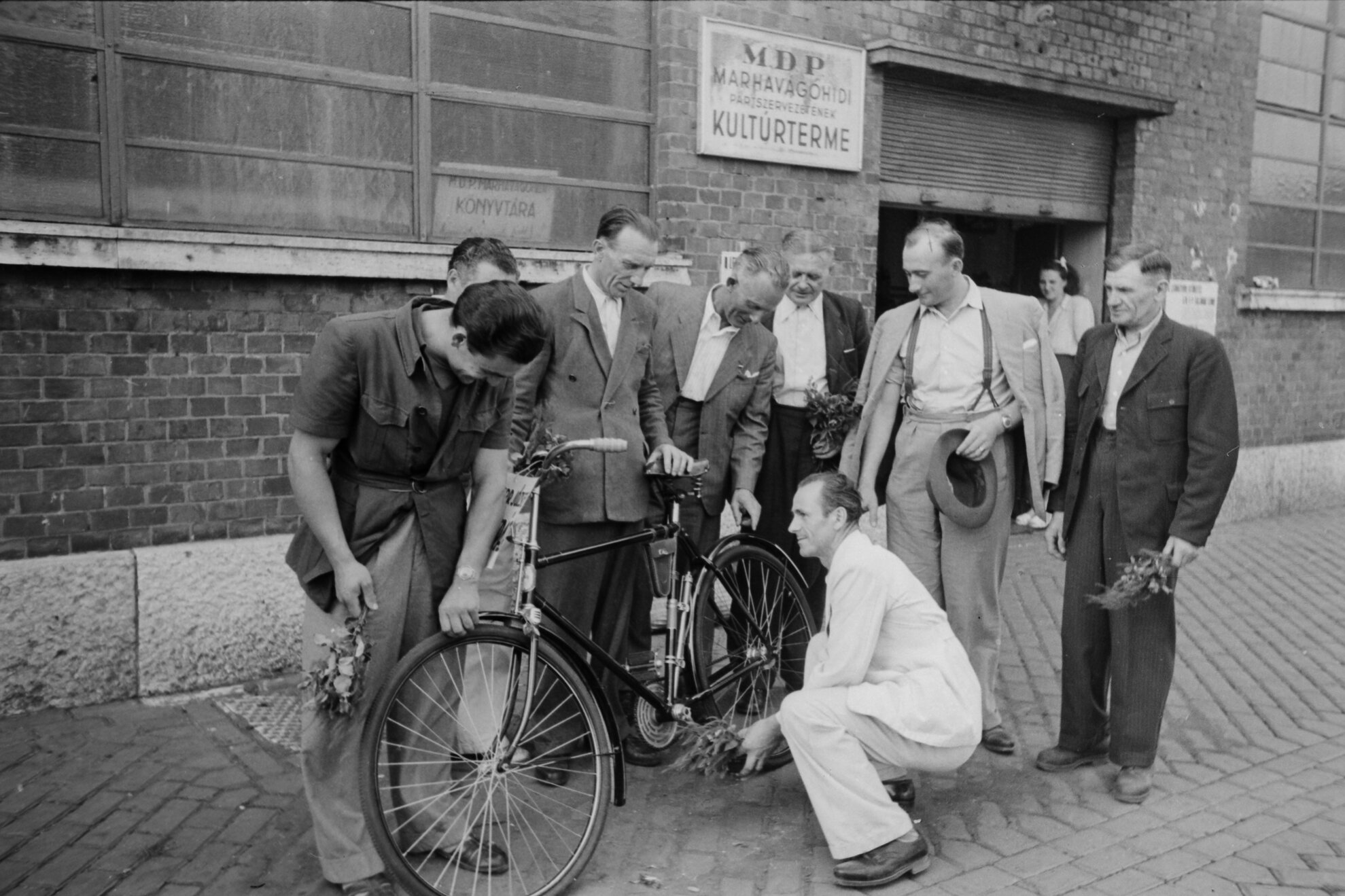The bicycle was developed through the 1800s, before it took on the form we know today. In 1817, German inventor Karl von Drais created the so-called Laufmaschine ('running machine’), the first of its kind. It had no chain or pedals, so he propelled the two-wheeled vehicle with his feet around the streets of Mannheim.

With the roads so rutted from carriages, he tended to use the pavements. Although he died in poverty, a few houses from Carl Benz’s in Karlsruhe, his machine later became popular. With more cyclists using the pavement, bikes were banned across much of Europe.
In 1885, Englishman John Kemp Starley produced the Rover Safety bicycle, with pedals and a chain, the model for all bikes today.
That same year, the Hungarian word bicaj (from the English 'bicycle’) came into common parlance, thanks to sporting pioneer Kálmán Szekrényessy. As his plaque on Ferenciek tere testifies, this founder of Hungary’s first sports magazine, the first man to swim across Lake Balaton, was also a first-class engineer. The 'Father of Swimming’ constructed early aeroplanes – and introduced the two-wheeler to the sporting fraternity.

It was László Kosztovits, however, who most helped spread cycling among the masses here. He was the first Hungarian to be photographed on a bike, and organised the first tour between Budapest and Gödöllő 30km away. These popular events started out at City Park at 6am and cyclists arrived in Gödöllő by 2pm.

Postmen, messengers and shopkeepers needed bicycles for work. As their use became more widespread, so the Hungarian Academy of Sciences decided that the local word for this new vehicle should be the more Magyar-sounding kerékpár ('wheel pair’).

Associations were formed one after another, more and more bicycle schools
and shops were opened, books and newspaper articles were published in
increasing numbers about cycling.
The first velodrome was built, the Millenáris,
near today’s Puskás Aréna, for the Millennial celebrations of May 1896. As well
as the main venue for cycle races, it can be considered the cradle of competitive sport in Hungary
– here the national football team played its earliest matches, right up to
1911.

Around the city, however, it was a different story. Cycling was banned from certain streets and neighbourhoods, and vehicles were taxed.
The anti-cycling lobby quietened during World War I as there were far worse problems to worry about. In 1923, Hungary again became a member of the international federation and would hold the world championships at the Millenáris – redesigned by hero Olympian and leading stadium architect Alfréd Hajós – in 1928.



















